Difference between revisions of "Aniline leather"
| Line 46: | Line 46: | ||
</p> | </p> | ||
<p align=center> | <p align=center> | ||
| − | ''[[Leather videos|Video]] about different kinds of [[Smooth leather|smooth leather]]''. | + | ''[[Leather videos|Video]] about different kinds of [[Smooth leather|smooth leather]].''. |
</p> | </p> | ||
Revision as of 20:56, 3 December 2016
Aniline leather is coloured by soaking it in a bath with aniline dyes . Aniline leather is porous smooth leather without a pigment based surface finish. On aniline leather the natural texture of the skin material is easily recognisable and they are usually classed as high-priced and high-graded leather. Because of the missing pigmented colour layer on the surface, aniline leather feels natural, soft and warm to touch.
The pores of the skin must be clearly identifiable in aniline leather. At most, an aniline leather is allowed to receive a finish with a hydrophobic treatment, but pigments are not allowed as a component of the finish.
Aniline leather without any finish and completely porous is called pure aniline leather or just pure aniline. Soft aniline leather is also called napa leather.
Also leather with velvet-like surfaces like suede and nubuck belong to the group of porous leather.
Which type of leather can be called aniline leather, is regulated by national and international norms, regulations and standards. In Europe the term is defined by the standard: DIN EN 15987 "LEATHER - TERMINOLOGY - KEY DEFINITIONS FOR THE LEATHER TRADE" (July 2015). Accordingly to this norm, an aniline leather is a smooth leather, were the pores of the hair are clearly visible. Any finish applied is not allowed to be thicker then 0,01 mm and is not allowed to contain pigments.
Aniline leather is used for all kinds of leather products. It is used as furniture leather, as handbag leather, for shoes or for clothing. They are rarely used for car interior, as leather in cars is expected to be easy to clean and maintain which can only be achieved by spraying a pigmented coating on the surface of the leather.
Structure of the leather coloring and finish. Without finish = aniline leather.
For aniline leather only absolutely flawless hides can be processed because the surface structure of the leather is completely visible. Leather with damages on the skin surface of the animal caused due to horn scratches, goad marks caused by farmers prodding the animal, warts, insect bites and other markings such as fire-brands can leave visible scars. Such leather cannot be used for making Aniline Leather.Because majority of the leather is in such condition, general supply and demand dictates that aniline leather is generally more expensive than pigmented leather. Tanners generally say, only less than 5% of the delivered skins, can be processed as aniline leather.
Aniline is porous grain side leather. If you rub a drop of water on Aniline, it will penetrate the surface and darken it. Aniline leather is therefore highly susceptible to water marks, grease stains and also to fading caused by sunlight. Aniline leather generally has a warm and waxy grip and a matt degree of gloss. Because of the softness of this leather, aniline leather is also called napa leather or occasionally referred to as soft leather.
Picture 1 shows a drop of water on a pigmented cowhide. Water does not sink in. Next to it, the drop sinks into the porous smooth leather.
Smooth leather, which has a low pigment coating and where the pore structure of the leather surface is still clearly visible is called semi-aniline. Since January 2016 there is a new leather term for a type of leather which is between aniline leather and semi-aniline leather (RAL 061 A1 - Germany). It`s called "Aniline leather, refined". Refined aniline leather is allowed to have a very fine pigmentation. Pure aniline leather is not allowed to have any pigments on the surface.
Video about different kinds of smooth leather..
Micrograph of the surface of an aniline leather. The porous nature of the skin can be clearly identified, which are not covered by a finish.
Aniline leather is used in all areas: Leather clothing, car leather, bicycle saddle, furniture leather, shoe leather, handbags and suitcases
Aniline leather is sensitive: grease stains - fading - water marks
Criteria of differentiation
Pure aniline leather - Pores are completely recognisable and no finish is on the leather.
Semi-aniline leather - Pores are clearly visible, but a thin layer of paint is on the leather surface.
Pores are hardly recognisable. A stronger colour layer is on the leather surface. Only a leather consultant or expert can investigate whether this leather still may be referred as semi-aniline leather.
Pigmented smooth leather - Pores
are no longer recognisable. A thick layer of paint is on the leather.
Sometimes leather which is not aniline is offered as such. Since aniline is particularly
sensitive, occasionally a gentle layer of finish is applied. Technically, such leather is no longer aniline. Depending on the amount of surface colour applied, they can be indentified as aniline leather, refined or semi-aniline leather or very rarely pigmented leather.
Declared as aniline leather but clearly has a coat of paint on the leather. The Pores are barely visible
Additional information
- Semi-aniline
- Aniline leather, refined
- Finished leather - Pigmented leather
- Breathability of leather
- Porous leather
- Smooth leather
- Types of leather
- Furniture leather - What should be considered when buying new leather furniture?
- Aniline tanned - a mistake of terminology
Detailed instructions for cleaning, repair and maintenance of aniline leather
![]() -> All instructions about cleaning and maintenance of aniline leather (furniture)
-> All instructions about cleaning and maintenance of aniline leather (furniture)
![]() -> Greasy stains on head or armrest areas
-> Greasy stains on head or armrest areas
![]() -> Cleaning and care of leather clothing
-> Cleaning and care of leather clothing
![]() -> Cleaning and care of leather shoes
-> Cleaning and care of leather shoes
![]() -> Stain removal on aniline (oil, grease, resin, wax, chewing gum, super glue, water marks, mould)
-> Stain removal on aniline (oil, grease, resin, wax, chewing gum, super glue, water marks, mould)
![]() -> In German: www.lederzentrum.de
-> In German: www.lederzentrum.de
![]() -> Rest of the world: partners worldwide
-> Rest of the world: partners worldwide












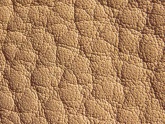
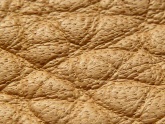
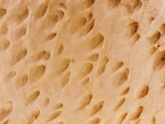

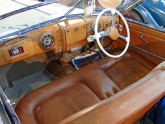
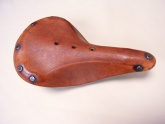
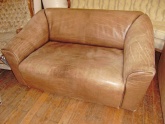
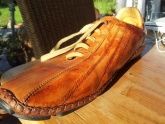

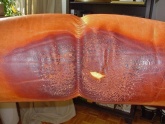
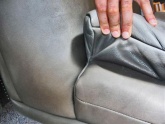

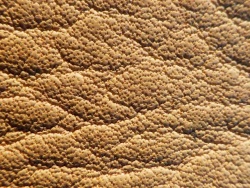
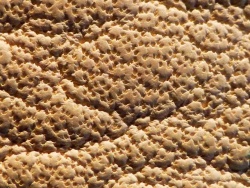

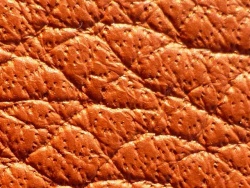
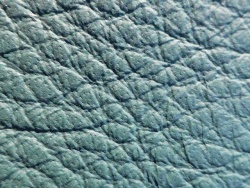
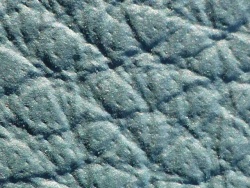

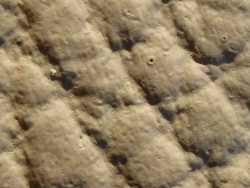
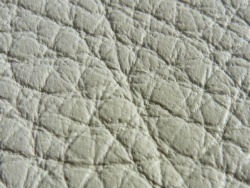
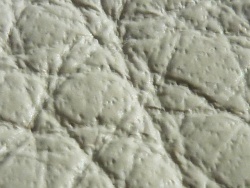

 a kotori web solution
a kotori web solution